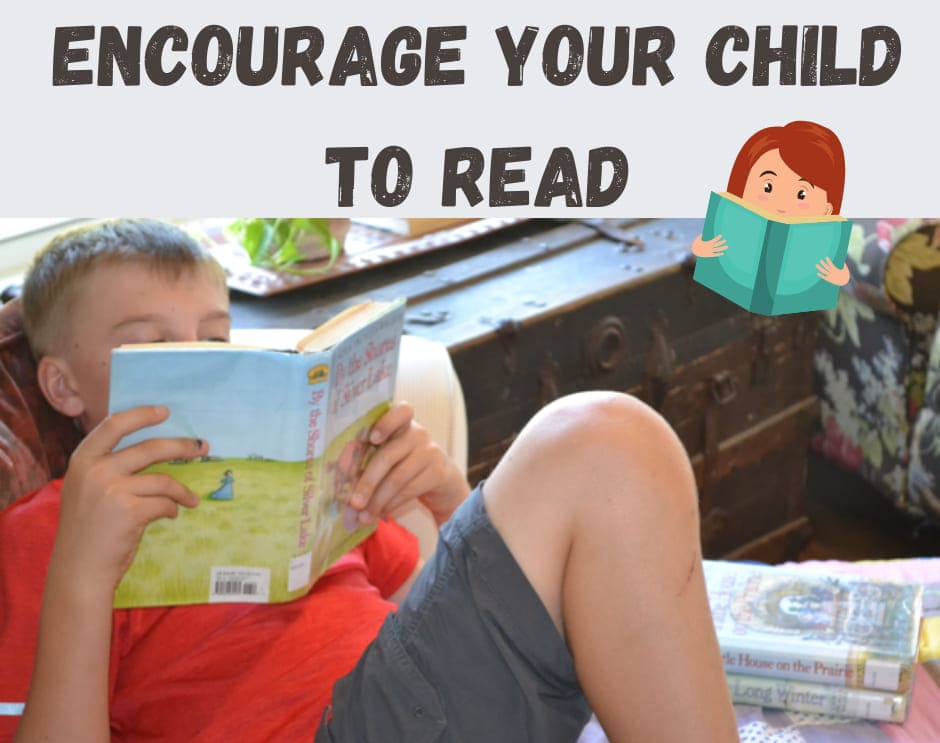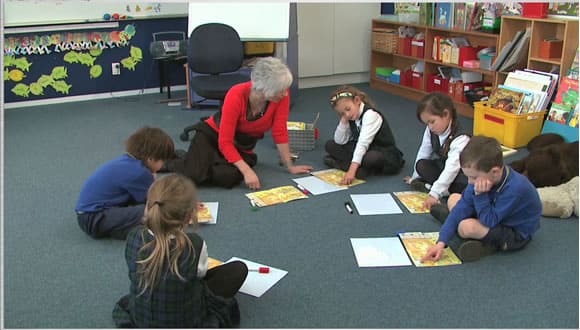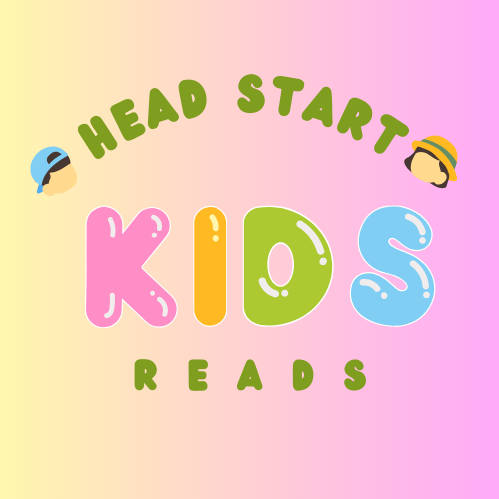Summer is a season of warmth, relaxation, and endless possibilities for exploration. It’s also an opportune time to cultivate and enhance your child’s love for reading. As the days stretch out with sunshine and adventure, encouraging your child to read becomes a delightful journey of discovery and imagination. In this guide, we explore five creative and effective ways to foster a reading-friendly environment during the summer months, with a special emphasis on the transformative impact of the Reading Head Start Program, envisioned by the dedicated Sarah Shepard.
I. Create a Captivating Reading Space
- Outdoor Reading Oasis: Take advantage of the beautiful weather by creating an outdoor reading oasis. Set up a cozy blanket under a tree, on the patio, or in the backyard. Surround the space with a few of your child’s favorite books, creating an inviting atmosphere for them to immerse themselves in stories while enjoying the fresh air.
- DIY Reading Tents and Forts: Transform ordinary spaces into magical reading nooks by constructing DIY reading tents or forts. Use blankets, sheets, or even large cardboard boxes to create a private space where your child can escape into the world of books. Personalize the space with cushions, fairy lights, and their favorite stuffed animals.
- Bookish Picnics: Combine the joy of reading with the pleasures of a picnic. Pack a basket with snacks, drinks, and a selection of books. Head to a nearby park or your backyard, lay out a blanket, and enjoy a bookish picnic. This multisensory experience adds an extra layer of enjoyment to reading.
II. Engage in Interactive Reading Activities
- Summer Reading Challenges: Turn reading into an exciting adventure by introducing summer reading challenges. Create a checklist of diverse reading goals, such as finishing a mystery novel, exploring a new genre, or reading under the stars. Offer small rewards or incentives for completing each challenge, making the experience both educational and fun.
- Book Scavenger Hunts: Inject an element of play into reading with book scavenger hunts. Create a list of clues or descriptions related to specific books, leading your child to discover hidden treasures within your home or local library. This activity not only encourages reading but also enhances critical thinking and problem-solving skills.
- Themed Reading Days: Add variety to your child’s reading routine by incorporating themed reading days. Choose a theme, such as animals, space, or adventure, and select books that align with the chosen topic. Create corresponding activities or crafts to enhance the thematic reading experience, fostering a deeper connection with the stories.

Read Also
How can I encourage my child to read? | Reading Head Start
III. Foster a Culture of Shared Reading
- Family Book Club: Transform family time into a shared reading experience by starting a family book club. Choose a book that appeals to all family members, set a reading schedule, and gather for discussions. This collaborative approach not only promotes literacy but also strengthens family bonds.
- Bedtime Story Rituals: Maintain the comforting tradition of bedtime stories even during the summer months. Allow your child to choose a bedtime story, creating a sense of autonomy and excitement. Engage in animated storytelling, using different voices for characters to make the experience more immersive.
- Reading Playdates: Encourage your child to read with friends by organizing reading playdates. Invite their friends over, and allocate time for shared reading sessions. This social aspect adds a communal element to reading and may inspire a book exchange or discussions about favorite stories.

Read Also Shared Reading
What are the benefits and strategies of shared reading?
IV. Embrace Technology with Educational Apps
- Interactive Reading Apps: Integrate technology into your child’s reading routine with interactive reading apps. Educational apps, particularly those aligned with established early literacy programs like Reading Head Start, offer a blend of entertainment and learning. These apps often include engaging activities that reinforce reading skills in a digital format.
- Digital Book Clubs: Explore digital book clubs or online reading communities tailored for children. Platforms that offer a safe space for kids to discuss books, share recommendations, and participate in virtual reading challenges can enhance their overall reading experience while incorporating technology in a positive way.
- Storytelling Podcasts: Introduce your child to storytelling podcasts that bring narratives to life through audio. This alternative form of storytelling can be enjoyed during family road trips, outdoor activities, or quiet moments at home. The immersive nature of audio storytelling stimulates the imagination and nurtures listening skills.
V. Celebrate Reading Achievements
- Reading Journals and Logs: Encourage your child to keep a reading journal or log where they can record the titles of books they’ve read, jot down their thoughts, or even rate the books. This reflective practice not only reinforces the habit of reading but also provides a tangible record of their literary journey.
- Create a Reading Corner Showcase: Designate a corner of your home as a showcase for your child’s reading achievements. Display their favorite books, artwork inspired by stories, or any creative projects related to their reading adventures. This visual representation celebrates their accomplishments and fosters a sense of pride.
- Family Reading Awards: Infuse a sense of excitement into your child’s reading journey by introducing family reading awards. Categories can include ‘Most Creative Reader,’ ‘Adventurous Explorer of Books,’ or ‘Master Storyteller.’ Celebrate these awards with a small family ceremony, acknowledging your child’s dedication to reading.

Read Also
Reading Head Start Review | Comprehensive Review 2024
Reading Head Start: A Guiding Light for Early Literacy
In the pursuit of nurturing a love for reading during the summer, the Reading Head Start Program, spearheaded by the visionary Sarah Shepard, stands as a beacon of guidance. This comprehensive program is designed to support early literacy development through a combination of interactive activities, engaging stories, and parental involvement.
Key Features of Reading Head Start:
- Multisensory Learning Techniques: The program employs multisensory learning techniques, catering to different learning styles and ensuring a holistic approach to literacy development.
- Parental Involvement and Support: Recognizing the pivotal role of parents, Reading Head Start provides resources and guidance to actively involve parents in their child’s literacy journey, creating a collaborative and supportive learning environment.
- Cultivating a Lifelong Love for Learning: Rooted in the belief that early literacy is the foundation for a lifelong love for learning, Reading Head Start aligns with your goal of instilling a passion for reading in your child.
Conclusion:
As the summer unfolds, let the pages of books open up new worlds for your child. By creating captivating reading spaces, engaging in interactive activities, fostering a culture of shared reading, embracing technology responsibly, and celebrating reading achievements, you not only encourage your child to read but also cultivate a lifelong love for literature. In this literary adventure, programs like Reading Head Start, envisioned by Sarah Shepard, serve as valuable companions, providing innovative approaches to early literacy that leave a lasting impact on your child’s educational journey. As the sun-drenched days of summer beckon, may the joy of reading illuminate the path for your child’s imagination to soar.

